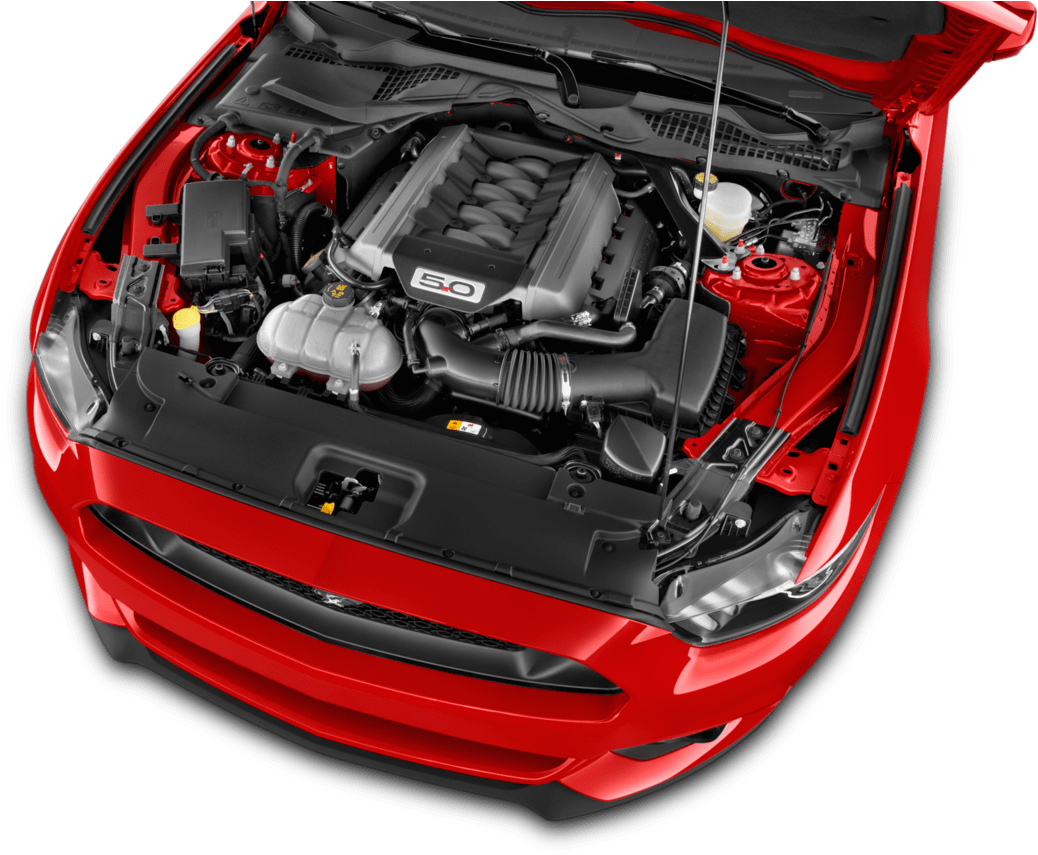Where to Find the very best Opel Corsa Engine for Substitute
Where to Find the very best Opel Corsa Engine for Substitute
Blog Article
Discovering the Inner Operation of a Compact Vehicle's Engine System
As motorists, we typically take for granted the detailed processes that occur within the boundaries of our vehicle's engine system. In this expedition of a compact lorry's engine system, we will untangle the inner operations of this mechanical symphony, losing light on the secrets that drive us onward on our everyday trips.
Combustion Refine Overview
The combustion procedure in a small lorry's engine system is a vital device that effectively transforms fuel into power to power the vehicle. This procedure takes place within the combustion chamber of the engine, where gas and air mix, stir up, and produce regulated surges. The combustion process is composed of four main phases: consumption, exhaust, power, and compression.
During the consumption stage, the piston moves downward, pulling in a mix of air and gas into the burning chamber. The next phase, compression, involves the piston relocating upward, pressing the air-fuel mix to raise its strength. Ultimately, in the power stage, the trigger plug fires up the pressed mix, causing a rapid development of gases that forces the piston pull back. This descending motion creates the power needed to drive the automobile. In the exhaust phase, the burned gases are gotten rid of from the burning chamber through the exhaust valve, preparing the chamber for the following cycle. This cyclic burning process is essential to the procedure of a portable vehicle's engine system, making sure reliable energy conversion for propulsion.
Piston and Cyndrical Tube Communication

The piston's exact fit within the cylinder is important for maintaining optimum compression and stopping energy loss during burning. Tight clearances between the piston and cyndrical tube walls guarantee efficient securing, enabling the piston to relocate efficiently without allowing gases to leakage past. Appropriate lubrication is also essential to minimize friction and put on between these components, improving longevity and efficiency.
Moreover, the design and products used in making the piston and cylinder influence engine effectiveness and resilience. Modern engines often utilize light-weight yet long lasting products like aluminum alloys for pistons and cyndrical tube liners to lower inertia and enhance thermal performance. In general, the unified interaction between the piston and cyndrical tube is fundamental to the engine's performance and general performance.
Fuel Shot System Functionality
Fuel shot systems in portable vehicle engines play an essential click resources role in exactly supplying gas to the combustion chamber for effective and regulated ignition. The fuel injection system operates by infusing gas into the burning chamber at the optimal moment during the engine's operation (opel corsa engine). This specific timing ensures that the fuel mixes uniformly with the air for appropriate burning, leading to boosted gas efficiency and decreased discharges
There are mostly 2 sorts of gas shot systems made use of in portable vehicle engines: port fuel injection (PFI) and direct fuel injection (DFI) PFI systems infuse gas right into the consumption port prior to the consumption shutoff, while DFI systems infuse gas straight right into the combustion chamber. Both this website systems have their advantages, with DFI using much better fuel atomization and PFI offering a much more economical option.
Comprehending Engine Cooling Mechanisms
Efficient operation of a portable vehicle's engine depends greatly on the effectiveness of its cooling systems. The air conditioning system in a portable car normally consists of several components functioning with each other to control the engine temperature level. Comprehending these engine air conditioning mechanisms is vital for preserving the efficiency and durability of a compact car's engine system.

Exhaust System Parts Explained
The optimum performance of a compact vehicle's engine cooling mechanisms depends upon a complementary system called the exhaust system, which consists of numerous crucial components for ensuring efficient emissions and engine performance. The exhaust system includes components such as the exhaust manifold, catalytic converter, muffler, and tailpipe. The exhaust manifold collects exhaust gases from the engine's cyndrical tubes and courses them to the catalytic converter. The catalytic converter after that converts damaging contaminants in the exhaust into less hazardous emissions prior to launching them with the muffler and tailpipe.
One important component of the exhaust system is the oxygen sensing unit, which keeps an eye on click here for info the oxygen levels in the exhaust gases to aid control fuel intake and make sure optimal engine efficiency. opel corsa engine. Furthermore, the resonator might be existing in some exhaust systems to reduce sound levels. On the whole, the exhaust system plays a crucial role in keeping engine efficiency, lowering damaging emissions, and making sure a quieter driving experience for compact automobile owners

Verdict
To conclude, the portable vehicle's engine system is a complicated mix of components that interact to help with the burning procedure, convert fuel right into power, and expel waste gases. Comprehending the internal workings of the engine system, including the piston and cylinder communication, gas injection system, engine cooling systems, and exhaust system parts, is crucial for maintaining ideal efficiency and performance of the vehicle.
The combustion process in a small automobile's engine system is a critical mechanism that effectively converts fuel right into power to power the lorry.Gas shot systems in portable vehicle engines play a critical role in exactly providing fuel to the combustion chamber for effective and controlled ignition.There are mainly two types of fuel injection systems used in compact vehicle engines: port fuel shot (PFI) and straight gas shot (DFI) Comprehending these engine cooling systems is important for maintaining the performance and longevity of a portable lorry's engine system.
The optimum performance of a small car's engine cooling devices depends on a corresponding system understood as the exhaust system, which makes up various important components for making certain reliable discharges and engine performance.
Report this page